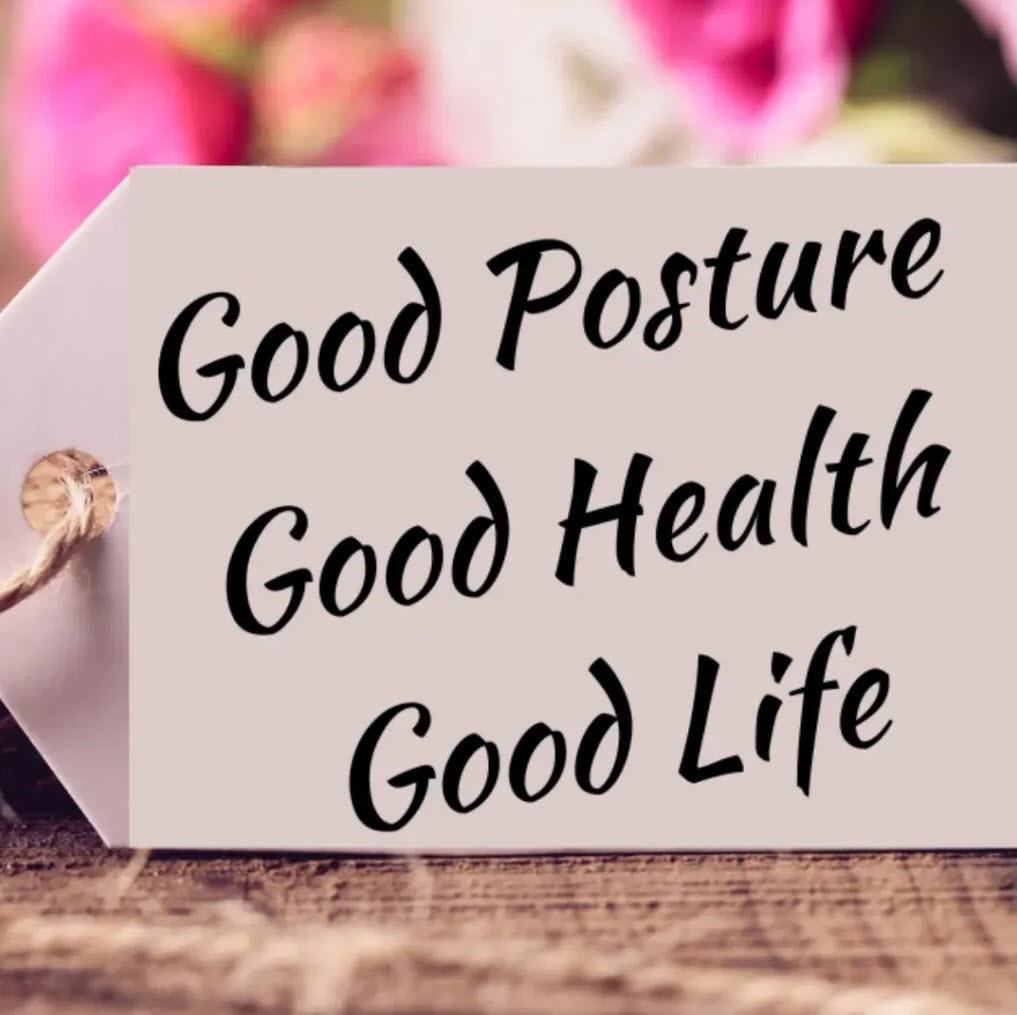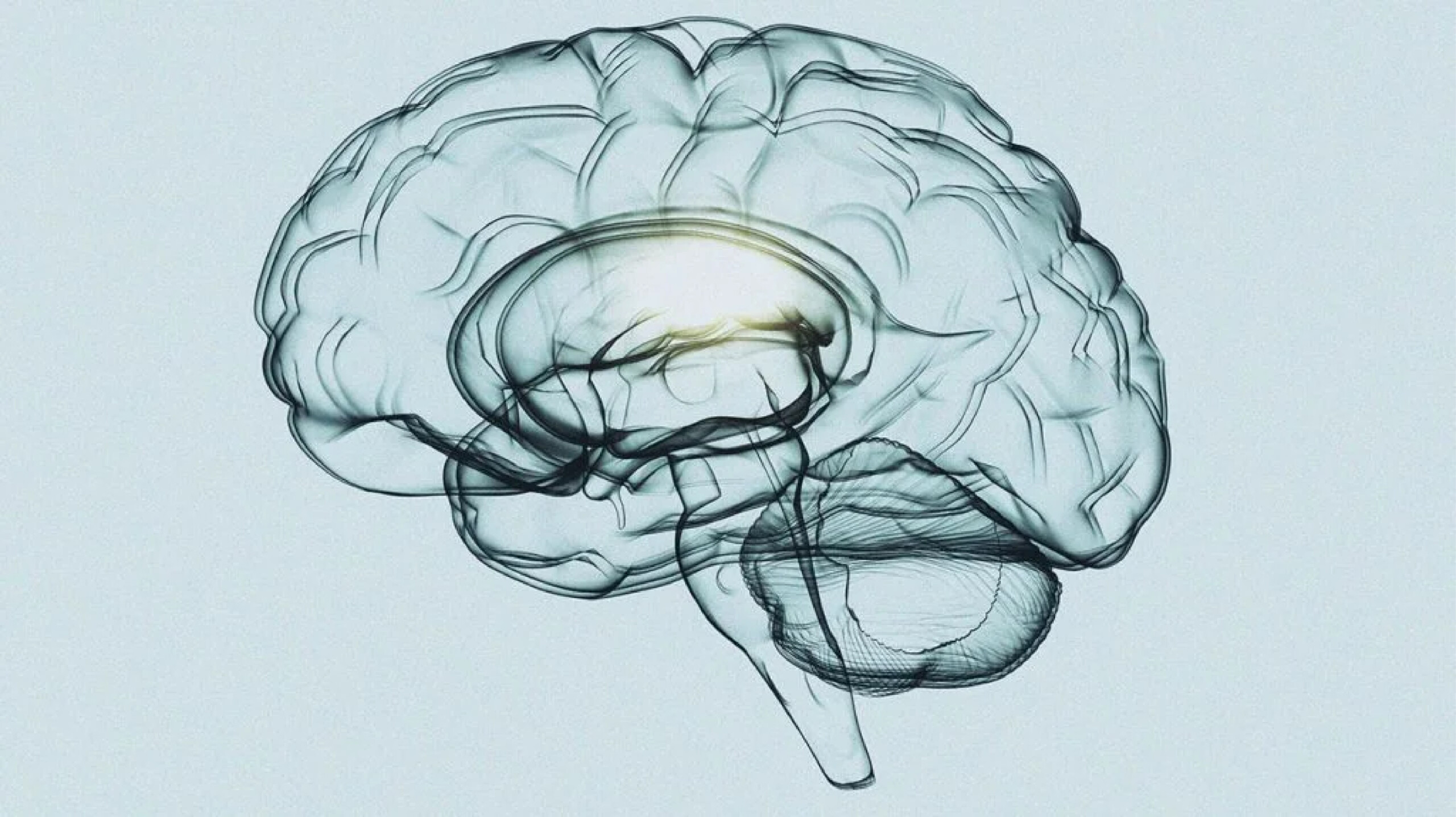Posture, the way you hold your body when you’re standing or sitting, is the foundation for every movement your body makes
- It determines how well your body can adapt to the stresses on it.
- Stresses can be weight, ability to sit comfortably, and gravity itself
- If your posture isn’t optimal, your muscles have to work harder to keep you upright and balanced.
- Some muscles will become tight and inflexible
- Others will be inhibited
- Over time these dysfunctional adaptations impair your body’s ability to deal with the forces on it
- Inflicts extra wear and tear on joints and ligaments
- Increases the likelihood of accidents
- Makes some organs like your lungs, less efficient
- Researchers have linked poor posture to scoliosis, tension headaches, and back pain.
Posture can even influence your emotional state and your sensitivity to pain
- As we hunch over to look at computers or phones, our shoulders become tighter in the front, and our chest becomes compressed. Two things about this are interesting:
- One – this can negatively affect your lung efficiency, as your entire chest cavity becomes compressed
- Two – this can create anxiety in the body.
Think about this: Have you ever curled up in the fetal position? Maybe you were emotionally stressed, or maybe a part of your body was in pain. The fetal position is an evolutionary tactic designed to protect your organs from attack.
So by compressing your chest and stomach down, you are signaling to your body that you are in danger!
- People then ask “well what about apes? They hunch over, don’t they?”
Well that’s not entirely accurate. If you look at their posture, their shoulders are straight. It is their pelvis and their knees that cause them to be lower to the ground.
This gives them a more supported posture that can take more stress, allowing their movements to be much more fluid and powerful.
- In fact a lot of people that do martial arts will start to adapt some of these habits, and you can see that they almost float when they walk.
- View this video from TED-Ed to see what good posture looks like
But posture isn’t just about your shoulders (Enter: the Psoas Muscle)

- The tilt of your pelvis can completely change the way your body responds to life. So what can cause a tilted pelvis?
There are many reasons that your pelvis might be tilted. For example, I have scoliosis, and have developed what’s known as an Anterior Pelvic Tilt.
This means that the top of my pelvis is tilted towards the front of my body, and the tailbone is tilted backwards. This causes a deep curve in my lumbar area
- So how does having that tilt affect your physical and mental well being?
First let me share a fun fact: Did you know that the nervous system works like water in that it will always try to find the path of least resistance?
That means that if your body is unstable, for one reason or another, rather than ask for back up from other muscles, the body’s MO is to simply re-tighten whatever is already the tightest muscle. Ouch!
As a result, my back has attempted to tighten up to compensate, and my psoas muscle is now no longer doing its job to help out.
Why does that matter? Well the psoas is a very important stabilizer in the body, and yet most people don’t know it exists.

- It is essential for correct standing or sitting lumbar posture, stability of the hip joint, and during walking and running.
- Tightness or imbalance in the psoas can cause other (often overlooked) issues too. These include: difficulty focusing, sitting still or relaxing, irritability, sadness, anger, fatigue, problems falling asleep or sleeping well and digestive issues
- Our diaphragm is subtly yet deeply linked to the psoas, so it influences how we breathe.
- It is also deeply tied to our body’s ability to let go of stress and restore ourselves to a neutral state. Have you ever done a yoga class that had a lot of hip opening moves, and noticed you felt very emotional afterwards?
The Psoas and Chronic Stress/Trauma
You’ve likely heard the term “fight or flight”. Well the psoas is known as the “fight or flight muscle.” (Also the “muscle of the soul.”)
However, the body will react with a third function, which is to freeze. If neither fighting or fleeing are possible, our bodies choose this third option.
Whenever your body senses or experiences danger, it responds by going into a heightened state of activation. What people don’t realize is it’s the psoas that is the first responder.
It contracts in reaction to danger in preparation to either flee or fight. So it is programmed to tighten up the moment you feel stressed. And as we know, everyone is stressed these days.
When the danger passes and you feel safe again, the body is supposed to go back into the state of relaxation and rest.
However, if you are unable to release tension from your psoas, it is signaling the body that danger is still present.
The tension in your psoas will remain in an activated state, even if you think you have calmed down.
The importance of processing trauma and stress
So between a compressed chest cavity, a weak psoas, and a body that doesn’t respond well to physical stressors, the majority of us are a mess! We have placed our bodies into the worst possible conditions for being able to physically and emotionally cope with our daily lives.
In fact, we are causing ourselves to feel unsafe, while also being under prepared.
When I learned this I almost cried. I had been fighting panic attacks at my corporate job, and I couldn’t understand why.
Now keep in mind I am not discounting the many ways our body might generate a panic attack, or why it might choose to do so; but I found it incredibly liberating to know that I could reduce so much of my physical and mental pain simply by setting my body up with proper supportive posture.
Hopefully you’ll find this information as empowering as I did, and it will allow you to take the necessary steps to correct your posture. And with it, a slew of symptoms that you never knew came from how you sit or stand.
***Disclaimer: I am not a medical professional or scientist. The following is anecdotal evidence based on my personal experience, my Self-Defense Training, and my brief study with a local Biomechanics and Movement Specialist. (All of the statements I have made can be verified by independent research online.)
It is always important to talk to your doctor or physical therapist if you are experiencing physical issues. The above is not medical advice or mental health advice.





